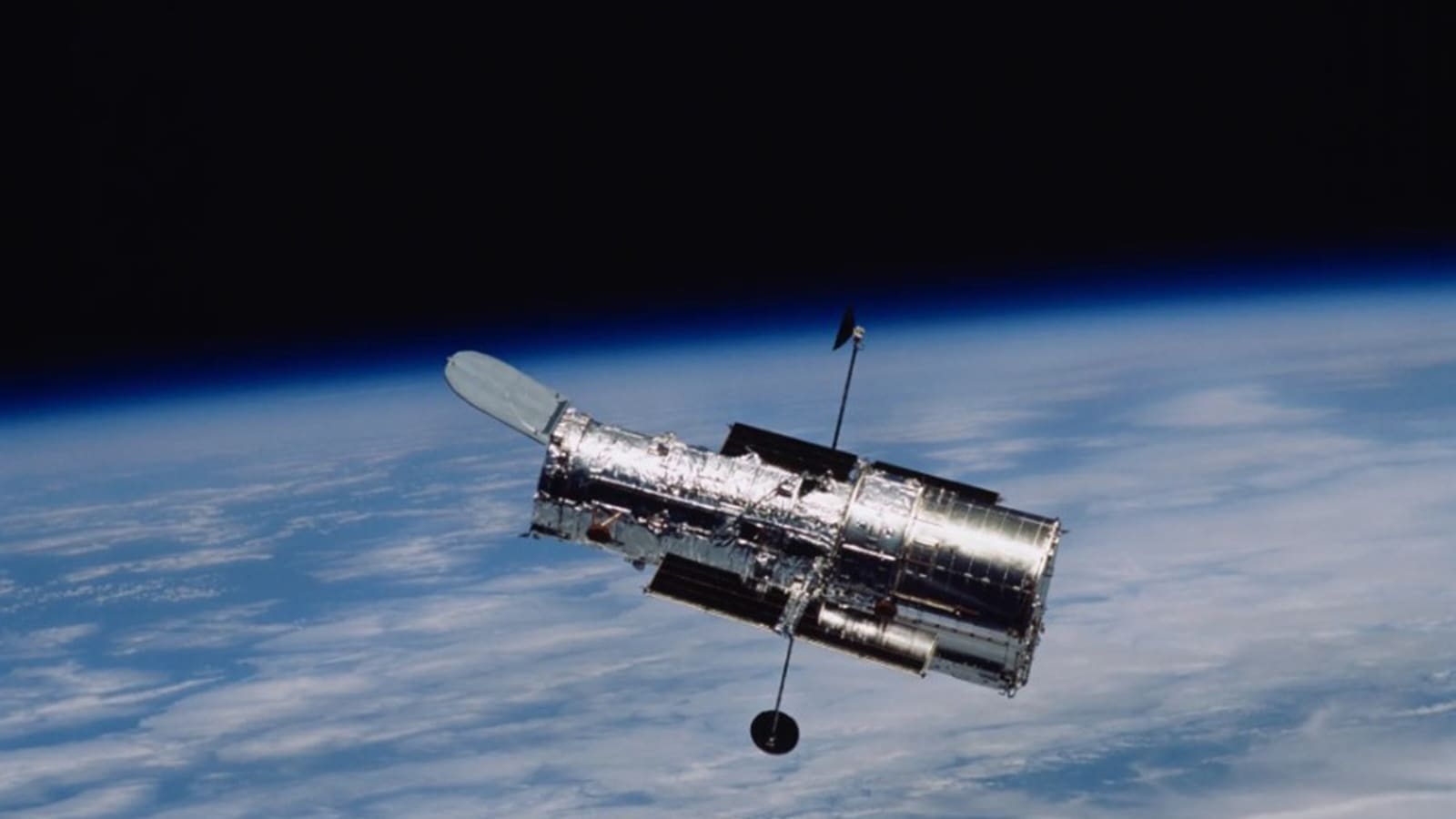Cosmic Voyages: The Ten Titans of Space Exploration

In the vast theater of the cosmos, where stars are born and galaxies dance in an eternal waltz, the invention of space telescopes marks one of humanity's most profound scientific achievements. These celestial sentinels, orbiting beyond the Earth's atmospheric veil, offer a window into the universe's deepest mysteries, capturing light in wavelengths that terrestrial telescopes can only dream of reaching. As Las Cumbres Observatory notes, this vantage point allows them to explore the full electromagnetic spectrum, from X-rays to gamma rays and infrared light, which the Earth's atmosphere typically absorbs or reflects.
The saga of space telescopes began in 1968 with the launch of the Orbiting Astronomical Observatory 2 (OAO-2), a pioneering mission that rode into low Earth orbit aboard an Atlas-Centaur rocket. According to the National Space Centre, for four years, OAO-2 transmitted groundbreaking data back to Earth, including the first ultraviolet observations of celestial bodies, setting the stage for the sophisticated instruments that followed.
Today, over 30 space telescopes are active, each a marvel of engineering and ambition. Here, we delve into the ten most powerful among them, starting with the James Webb Space Telescope (JWST). Launched in 2021, the JWST is heralded as the largest and most potent observatory ever built, a collaborative effort by NASA, the European Space Agency (ESA), and the Canadian Space Agency (CSA). Its mission is nothing short of cosmic: to explore every epoch of the universe's history, from the first post-Big Bang glows to the formation of solar systems like our own, capable of nurturing life. NASA lauds the Webb as the "premier observatory of the next decade," its infrared eyes peering into the cosmos with unparalleled sensitivity.
The Hubble Space Telescope, launched in April 1990, stands as a testament to the transformative power of space-based observatories. Its contributions to our understanding of the universe are monumental, from mapping the atmospheric compositions of exoplanets to uncovering the enigmatic force of dark energy. As NASA's website extols, Hubble's design and serviceability have made it a cornerstone of astronomical research, observing the universe in ultraviolet, visible, and near-infrared light from its perch in low Earth orbit.
In 1999, the Chandra X-ray Observatory joined the ranks of NASA's flagship missions, focusing its gaze on the universe's most energetic phenomena. With eight times the resolution of its predecessors, Chandra detects X-ray emissions from the fiery remnants of supernovae, galaxy clusters, and the tumultuous regions surrounding black holes. Harvard University highlights Chandra's ability to observe X-rays from particles on the brink of falling into a black hole, a testament to its extraordinary capabilities.
The Spitzer Space Telescope, launched in 2003 as the final installment of NASA's Great Observatories Program, offered a unique infrared perspective until its retirement in 2020. Its legacy endures, having unveiled hidden cosmic realms, from dusty stellar nurseries to the distant light of galaxies at the universe's edge.
The European Space Agency's Planck Space Observatory, launched in 2009, provided an unprecedented view of the Cosmic Microwave Background (CMB), the afterglow of the Big Bang. With superior sensitivity and resolution, Planck mapped the CMB's temperature variations, offering insights into the universe's infancy.
Since its 2013 launch, Gaia has revolutionized our understanding of the Milky Way, mapping the positions and movements of billions of stars with unparalleled precision. Dubbed the "billion star surveyor" by the ESA, Gaia's data is crucial for unraveling the galaxy's origins and evolution.
NASA's Fermi Gamma-ray Space Telescope, launched in 2008, explores the universe's most energetic phenomena, from pulsars to gamma-ray bursts. Fermi's discoveries include the Fermi Bubbles, vast structures emanating from our galaxy's core, likely born from a colossal black hole outburst.
TESS, the Transiting Exoplanet Survey Satellite, launched in 2018, continues the search for exoplanets, identifying worlds beyond our solar system. With its optical observations, TESS has cataloged 66 new exoplanets, expanding our cosmic neighborhood.
The Euclid Space Telescope, a recent 2023 addition, embarks on an ambitious mission to map the universe's dark matter and dark energy. By observing billions of galaxies, Euclid aims to answer fundamental questions about the universe's structure and expansion.
Finally, the XRISM mission, a collaboration between NASA and JAXA, launched in 2023, focuses on X-ray emissions from celestial objects. Its studies of galaxy clusters and black holes promise to shed light on the universe's largest structures and the nature of high-energy phenomena.
These ten titans of space exploration, each a beacon of human ingenuity, continue to expand our cosmic horizons, offering glimpses into the universe's past, present, and future.
🔮 Fortellr Predicts
Confidence: 85%
The unveiling of the ten most powerful space telescopes symbolizes not only the growth of astronomical exploration but also offers a tangible forecast for future scientific advancements and economic opportunities. In the next decade, collaborations among global space agencies will likely intensify, leading to an accelerated pace of discovery in cosmology, astrophysics, and planetary science. Public interest and educational outreach are expected to surge as novel discoveries captivate imaginations worldwide. The vast data generated will necessitate advancements in data processing and storage technologies, drawing significant investments into artificial intelligence and machine learning sectors. Meanwhile, the success and publicity surrounding these telescopes may influence policy makers and funding bodies to prioritize space exploration initiatives, potentially increasing governmental budgets and private sector interest in related fields. As a direct result of these efforts, we can anticipate a gradual expansion of space-related career opportunities, further inspiring a new generation of scientists and engineers. Over time, the transformative discoveries enabled by these instruments could lead to reevaluation of scientific theories and practices, promoting a dynamic shift in both academic and practical approaches to space and physics disciplines. The heightened understanding of cosmic phenomena may even spark innovations in other scientific areas, influencing climate science, materials science, and renewable energy research.